Introduction
If I were given the choice between venturing out into my yard in winter with my pruners or setting aside some time to tackle the task in late summer to fall, the latter would win by a landslide. Not only is it more favorable to avoid the cold, but, for some plants, pruning in September is critical for their long-term health and flowering performance.
Many gardeners make the mistake of waiting until spring to handle pruning. However, certain shrubs, herbs, and climbing plants actually suffer if left untrimmed after summer. Fresh cuts exposed to winter frost can be damaging, and overgrown plants invite pests and diseases. That’s why September pruning tasks should be at the top of your gardening calendar.
This guide will take you through seven essential plants to prune in September, explaining why, when, and how to prune them, along with practical horticultural advice backed by expert insight.
Why September Is the Perfect Month for Pruning
Seasonal Factors:
- Temperature: Moderate conditions reduce plant stress compared to harsh summer sun or winter frost.
- Dormancy: Many plants prepare for dormancy in autumn, making September an ideal transition point.
- Disease Prevention: Cutting back diseased or dead stems before damp autumn weather reduces fungal risks.
Benefits of Pruning in September:
- Encourages new growth for next year.
- Prevents woody, sprawling stems that lower flowering capacity.
- Improves air circulation, lowering the risk of fungal infections.
- Shapes plants neatly for a tidy fall garden.
Table: Best Timing for Seasonal Pruning
| Plant Type | Best Pruning Month(s) | Why It Matters |
|---|---|---|
| Lavender | September + Spring | Prevents woody stems, boosts blooms |
| Wisteria | Late Winter + September | Controls tangling, promotes flowers |
| Roses | September (varieties) | Reduces wind damage, prepares for winter |
| Summer Raspberries | September | Clears old canes, improves harvest |
| Blackberries | September | Removes diseased canes |
| Perennial Herbs | September | Prevents woodiness, encourages compact growth |
| Climbing Hydrangeas | September | Shapes plants, boosts spring blooms |
1. Lavender – Compact Growth and Next Season’s Blooms
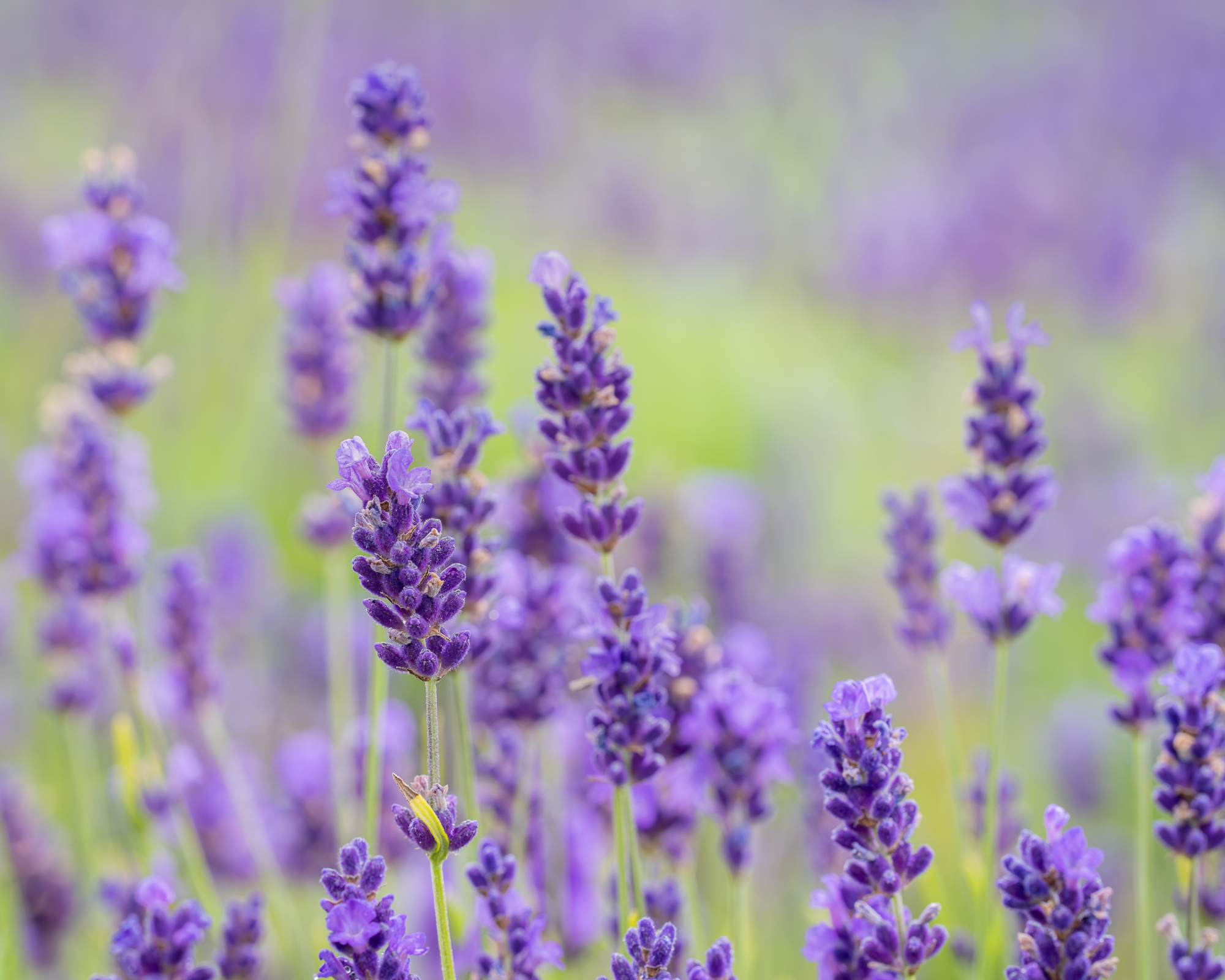
Lavender, particularly English varieties like Munstead and Hidcote, benefits greatly from a September prune.
- Why Pruning in September?
If left unpruned, lavender becomes woody, cracked, and far less productive. A September trim keeps plants compact and encourages better flowering next season. - How to Prune:
- Cut back browning stems carefully.
- Avoid removing fresh green shoots.
- Always prune on a dry day to prevent fungal issues.
Pro Tip: Collect fresh lavender buds in breathable pouches and use them indoors for fragrance or sleep aids.
2. Wisteria – Taming Vigorous Growth
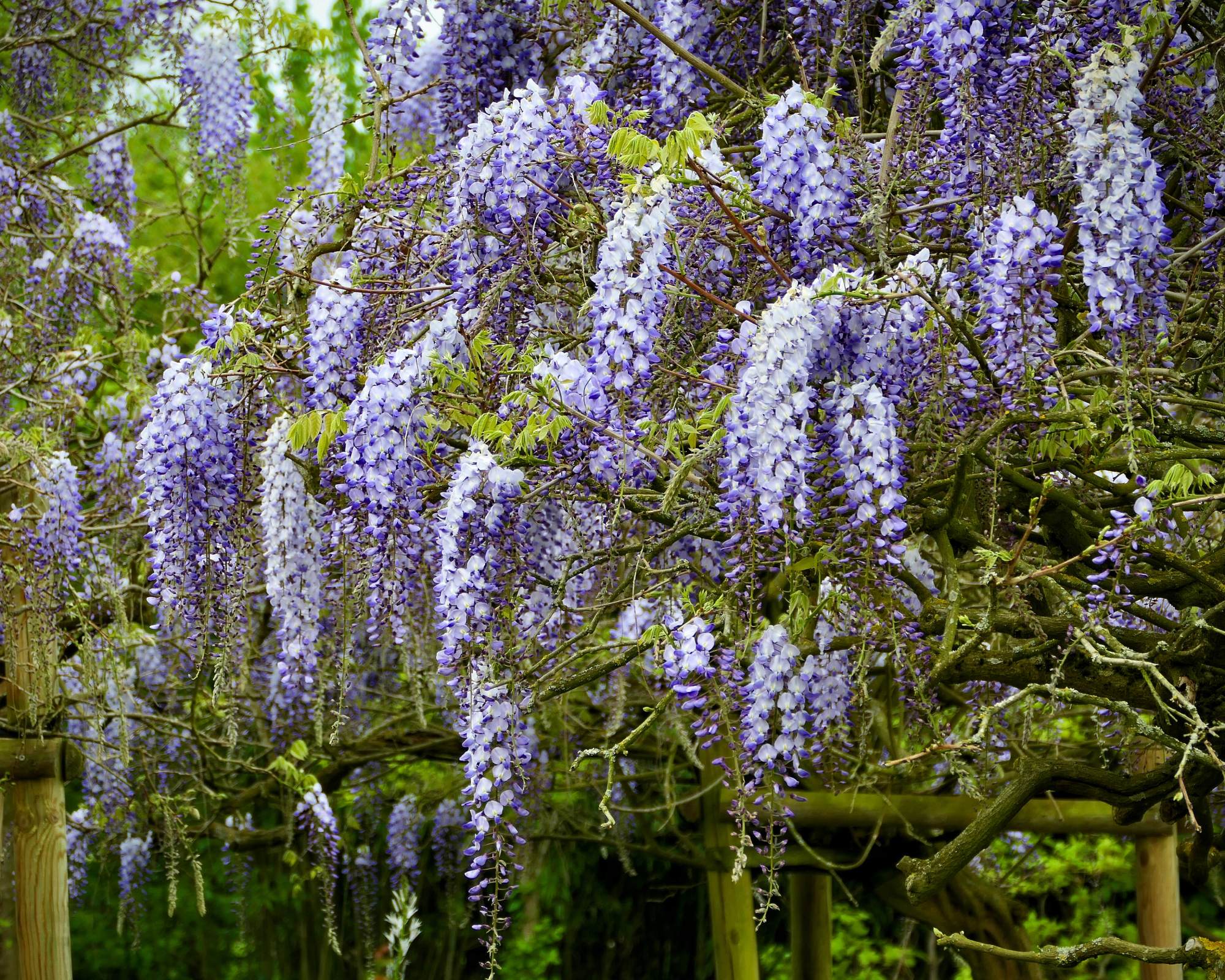
Wisteria varieties such as Prolific, Macrobotrys, and Alba require biannual pruning: once in late winter and again in September.
- Why Pruning in September?
After flowering, wisteria tends to send out long, whippy shoots that tangle and shade blooms. Cutting them back now ensures controlled growth. - How to Prune:
- Shorten long summer shoots to maintain shape.
- Use long-arm loppers for higher sections.
- Focus on exposing the structure for better visibility of flowers.
Stat Insight: Studies show that regular biannual pruning increases wisteria flowering density by up to 30% compared to neglected vines.
3. Roses – Protection Against Winter Winds
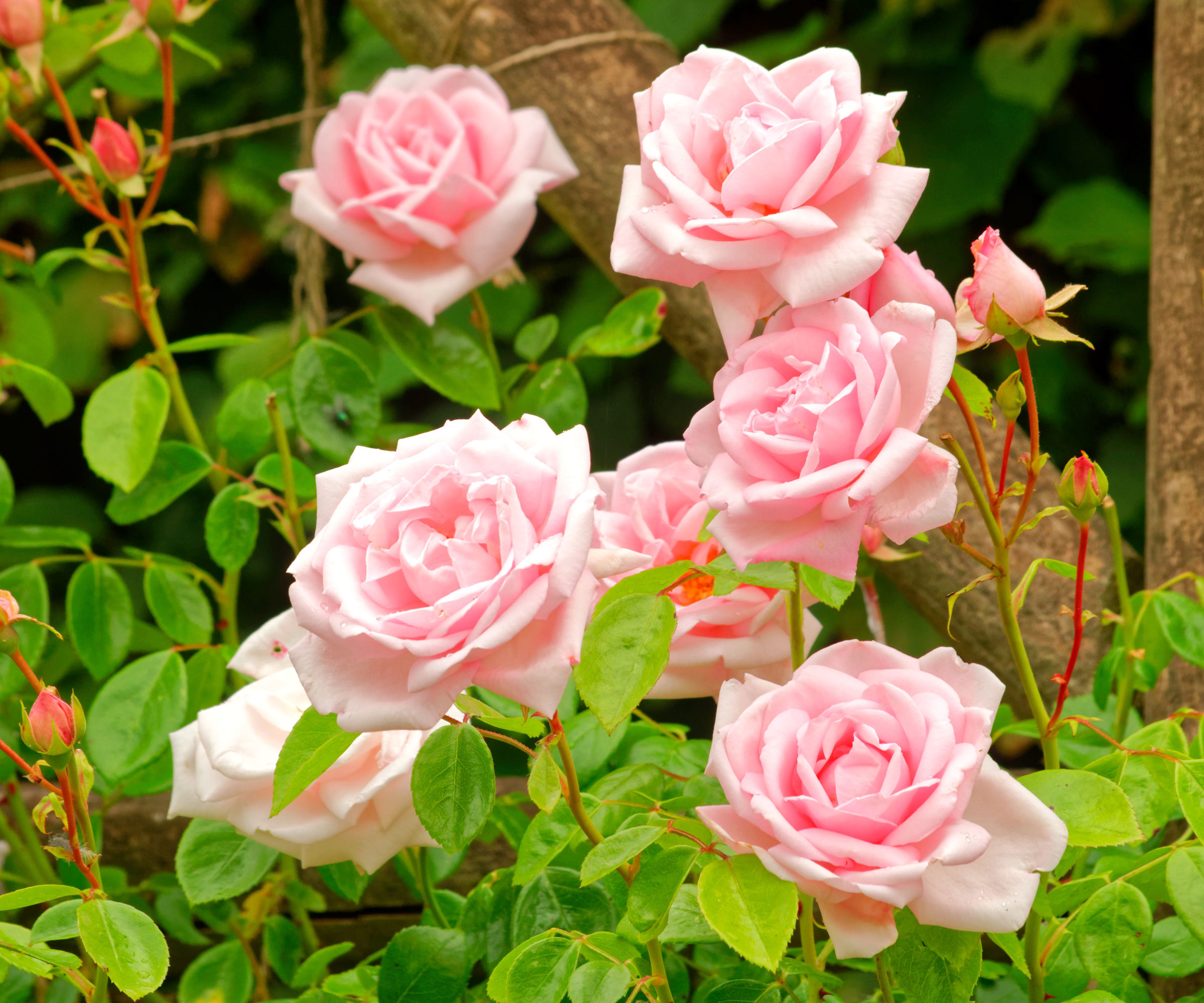
Although early spring pruning is the norm, many rose varieties like Gertrude Jekyll, Bonica, and Iceberg benefit from a September trim.
- Why Pruning in September?
Untrimmed roses grow leggy and are vulnerable to winter wind damage. Rambling roses also bloom on old wood, meaning early autumn is the perfect time to prune. - How to Prune:
- Use bypass pruners for clean cuts.
- Remove dead or damaged flowers.
- Thin crossing branches to prevent snapping.
Pro Tip: Always prune ramblers after they finish flowering, not in spring, to avoid losing next year’s blooms.
4. Summer-Fruiting Raspberries – Preparing for Next Harvest
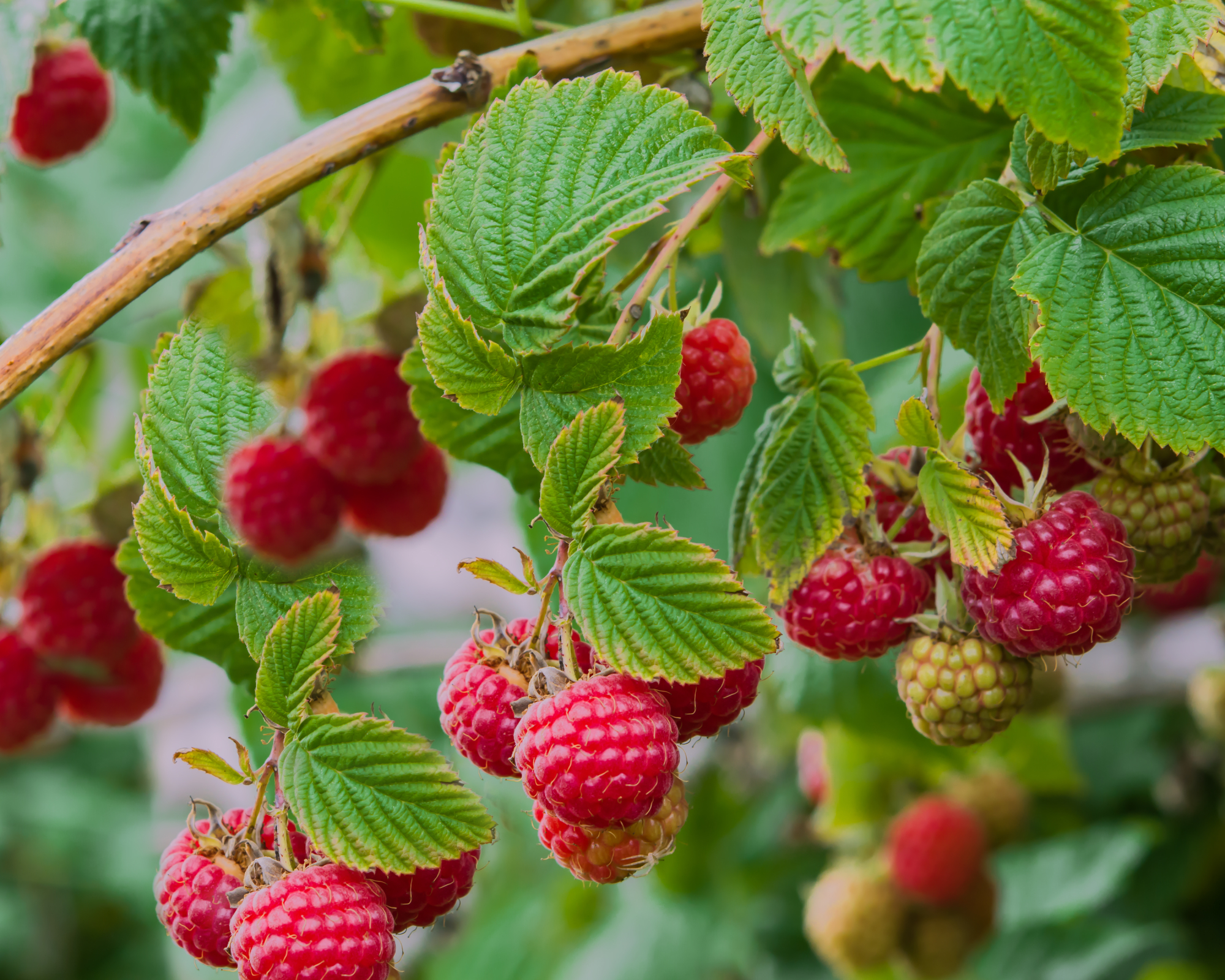
September is the best time to prune summer-fruiting raspberry plants once they finish producing berries.
- Why Pruning in September?
- Old canes become unproductive and diseased.
- Crowded plants reduce airflow, inviting fungal diseases.
- How to Prune:
- Cut spent brown canes down to the ground.
- Tie healthy new canes to stakes for stability.
- Ensure proper spacing to boost airflow.
Chart: Raspberries – Yield Comparison
| Condition | Average Yield per Cane |
|---|---|
| Pruned in September | 500g – 600g |
| Left Unpruned | 250g – 350g |
5. Blackberries – Disease-Free and Productive Growth
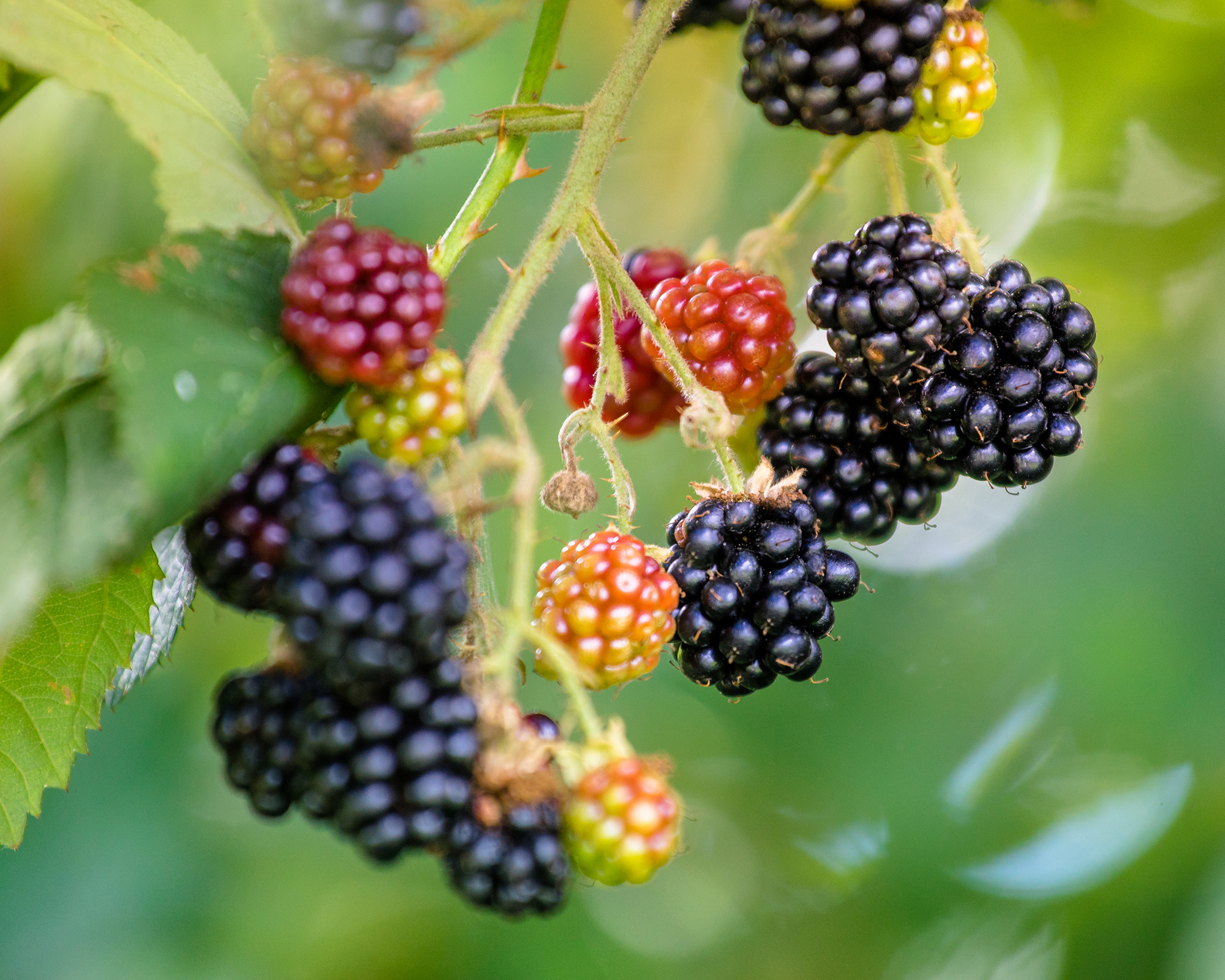
Blackberries behave similarly to raspberries and should be pruned in September.
- Why Pruning in September?
Spent canes harbor diseases and inhibit next year’s growth. Pruning clears space for healthy shoots. - How to Prune:
- Remove all fruited canes.
- Tie fresh green canes to trellises or bamboo hoops.
- Provide temporary support for younger shoots.
Pro Tip: Choose U-hoops or natural trellises for a visually appealing garden structure.
6. Perennial Herbs – Compact, Flavorful Plants
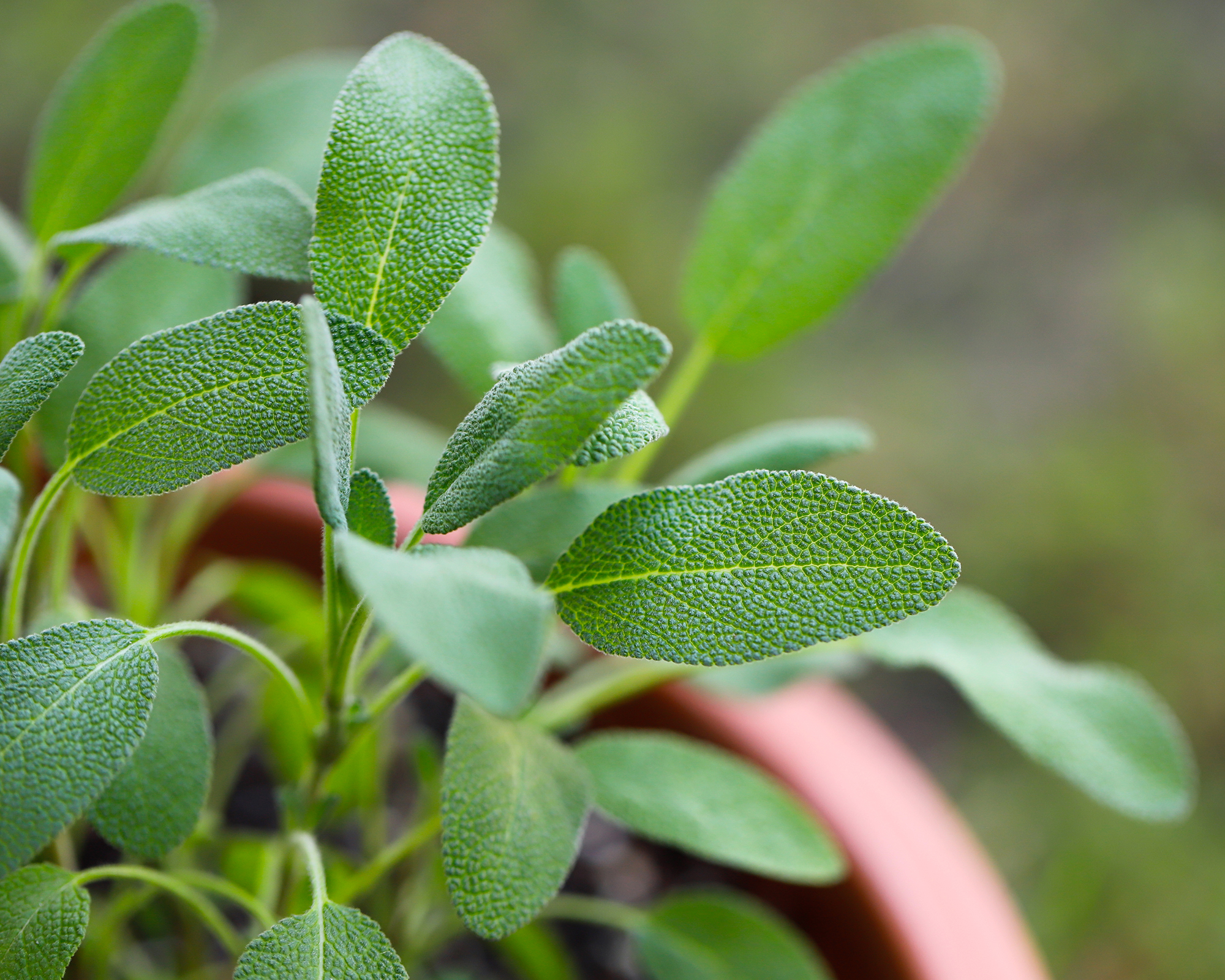
Perennial herbs such as sage, thyme, and oregano begin dormancy in autumn, making September the best time for pruning.
- Why Pruning in September?
- Prevents woody stems.
- Encourages healthier, more compact growth.
- Ensures stronger regrowth in spring.
- How to Prune:
- Remove one-third of the plant.
- Focus on discolored, browning, or weak stems.
- Avoid cutting into the woody base.
Stat: Regular herb pruning increases usable harvest yield by 20–25% annually.
7. Climbing Hydrangeas – Shaping for Stunning Spring Displays
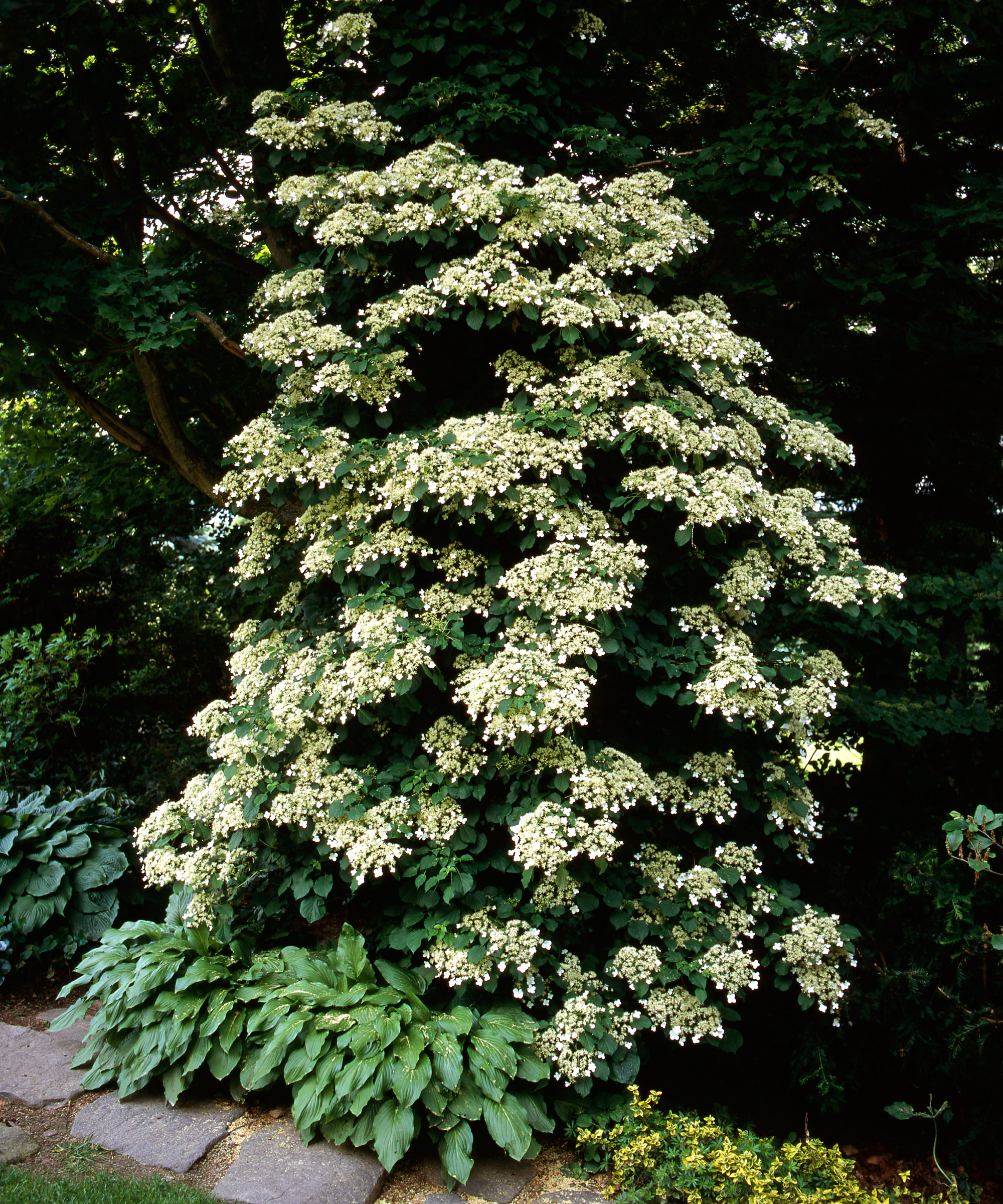
Climbing hydrangeas finish flowering by late summer and respond best to a September trim.
- Why Pruning in September?
- Reduces disease risk.
- Encourages larger, more uniform blooms next year.
- Maintains tidy structure for climbing spaces.
- How to Prune:
- Remove spent flower heads.
- Shape lightly with sharp shears.
- Collect petals for DIY potpourri.
Common Mistakes to Avoid When Pruning in September
- Pruning too late: Fresh cuts exposed to frost can damage plants.
- Cutting too harshly: Over-pruning weakens recovery and bloom cycles.
- Ignoring plant-specific needs: Not all species should be pruned in autumn.
Final Thoughts
By dedicating time to pruning in September, you prepare your garden for healthier growth, fewer diseases, and more vibrant displays next season. From lavender to hydrangeas, these seven plants to prune in September are essential to your garden care routine.
Pruning is not just about looks—it’s about creating a stronger, disease-resistant, and more productive garden. Neglect these trimming tasks, and you’ll regret it when spring arrives.


1 thought on “Pruning in September: 7 Plants That Reward You with Bigger Blooms Next Year”
Pingback: Proven Gardening Secret: Divide These 8 Perennials in September for Thriving Spring Growth